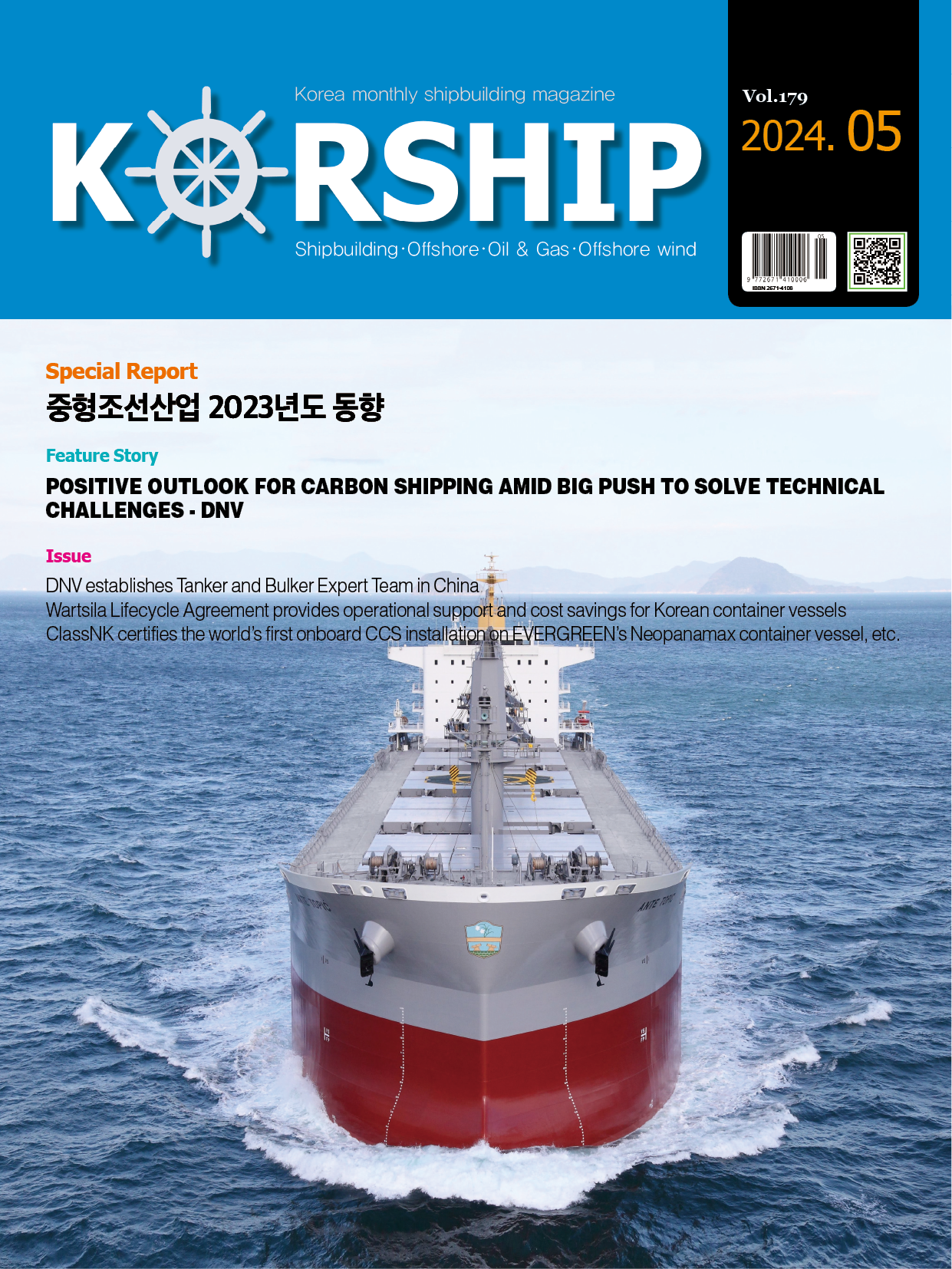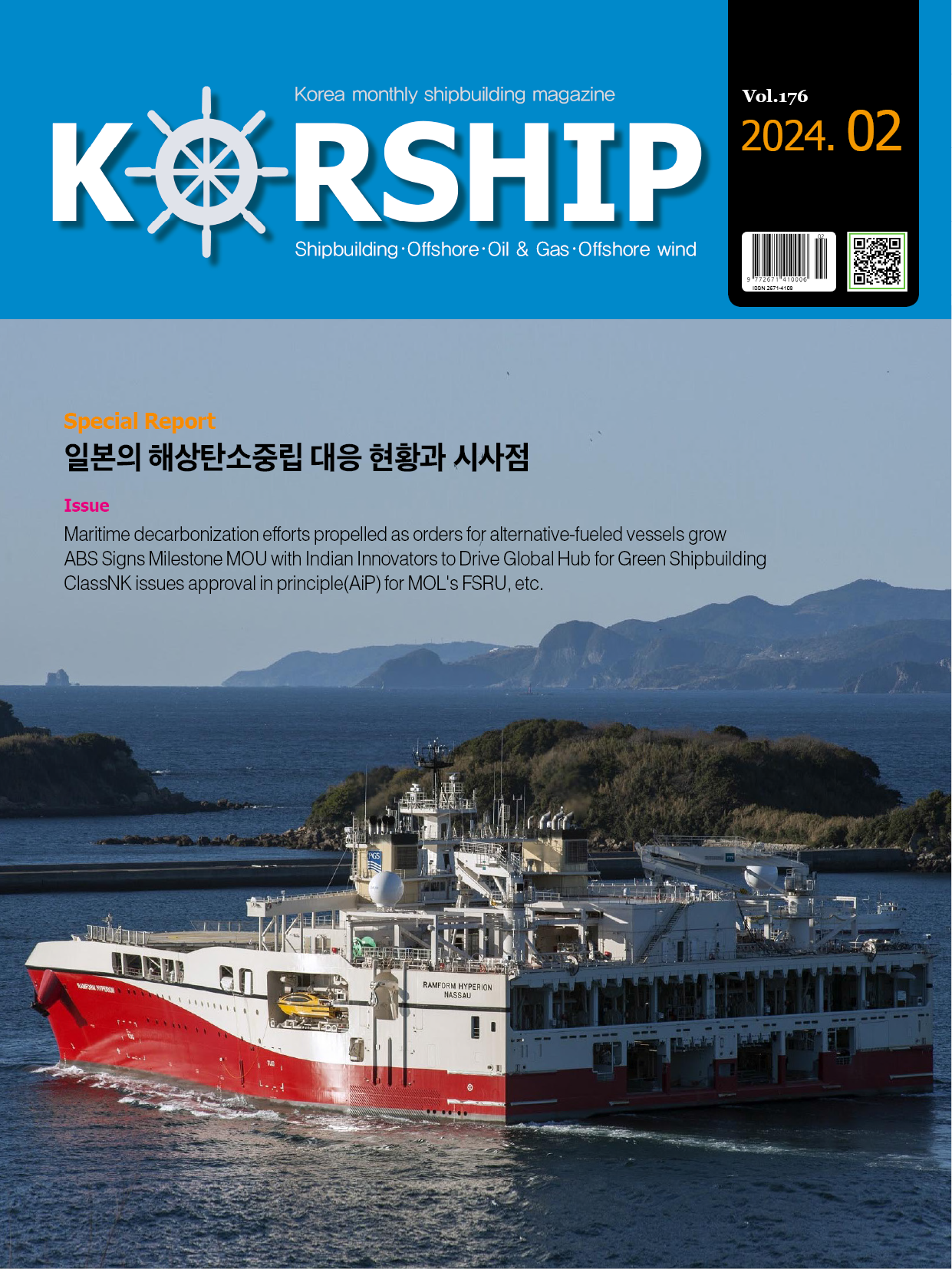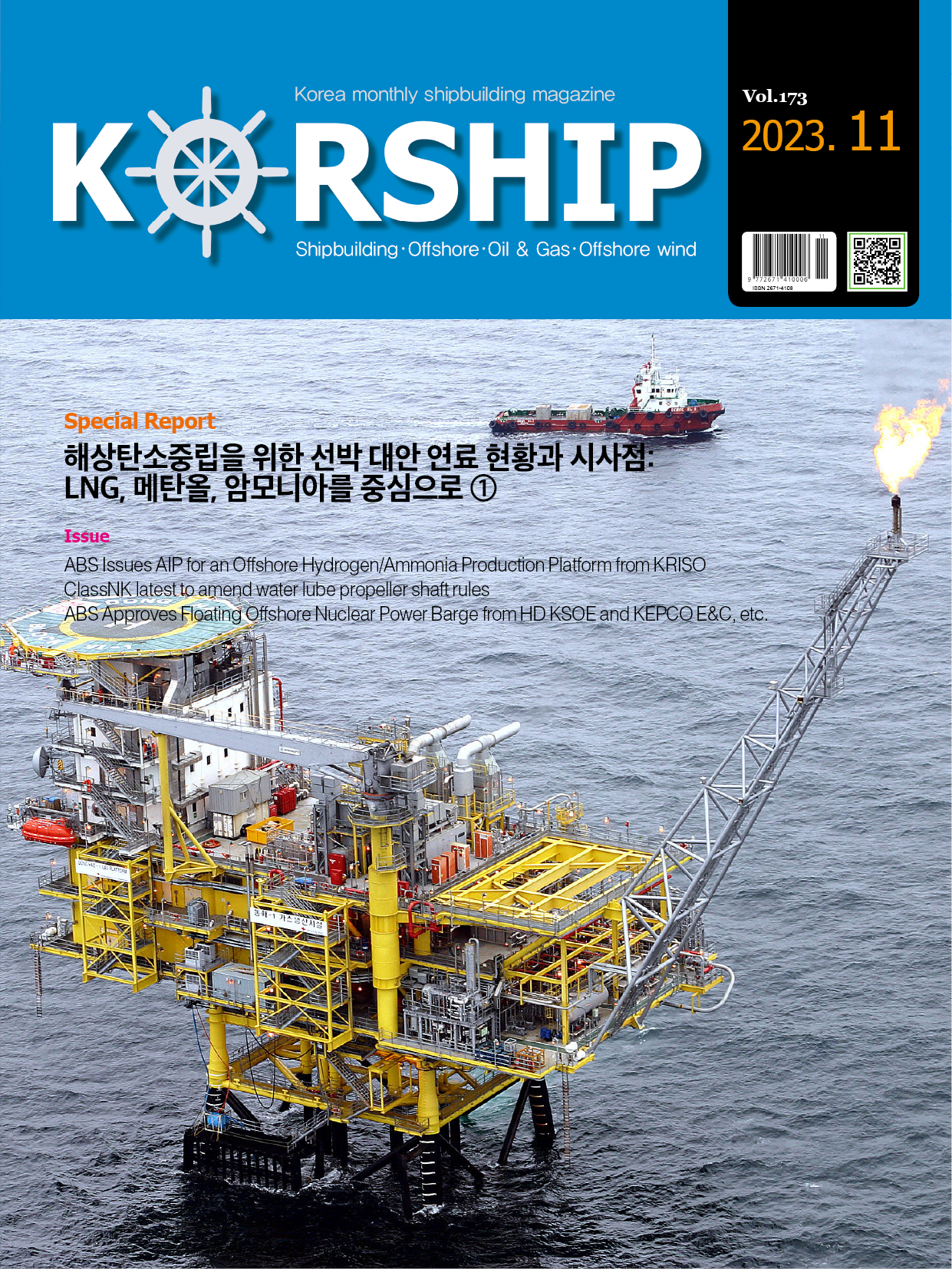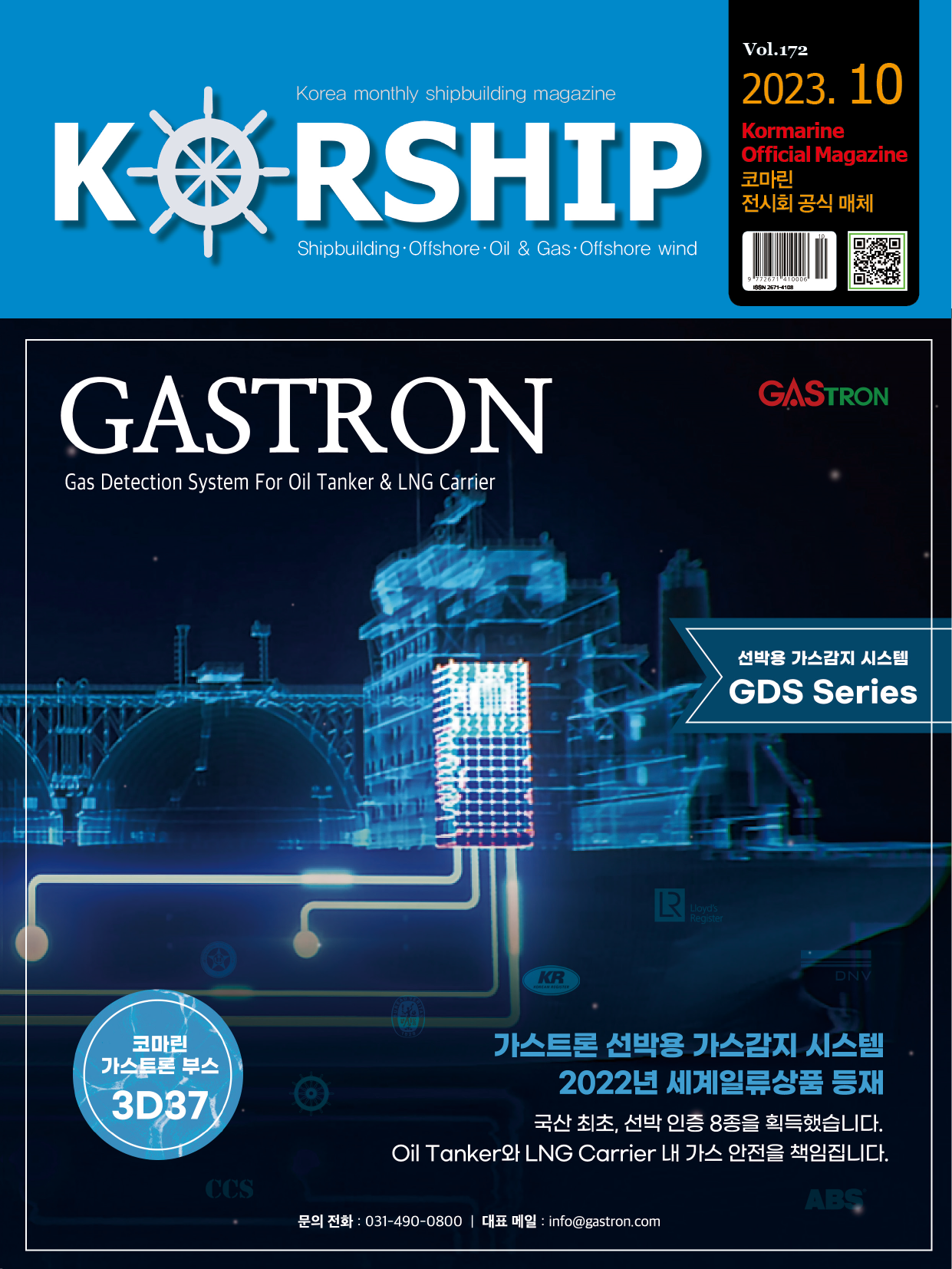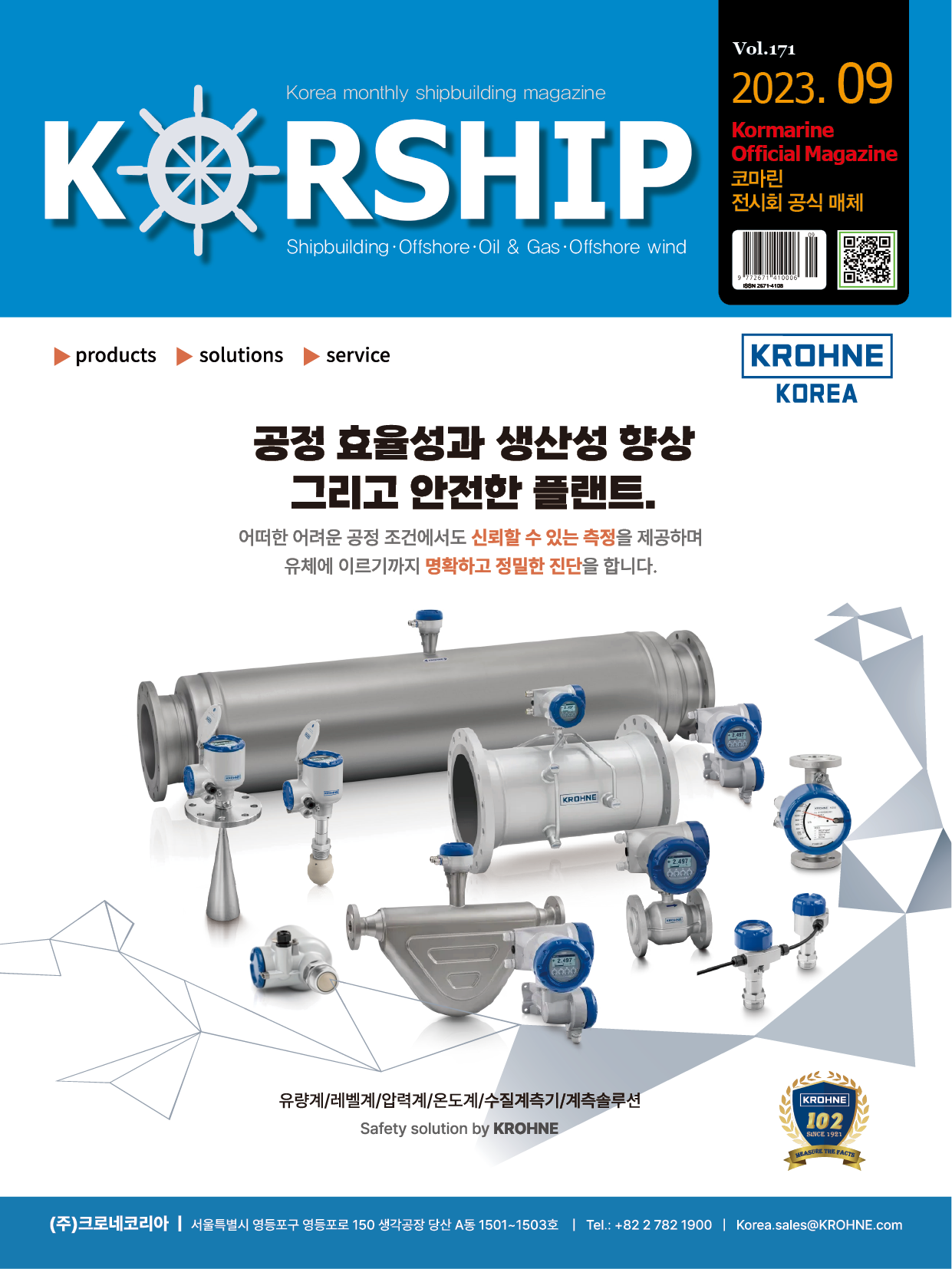Feature Story Data Analytics delivers direct answers on CII
페이지 정보
작성자 최고관리자 댓글 0건 조회 366회 작성일 23-06-15 11:08본문
A new study developed by METIS Cybertechnology with Andriaki Shipping Co. Ltd offers detailed analysis of the true gains to expect of the options offered to reduce ship greenhouse gas emissions.
Big Data and Artificial Intelligence are often said to be reshaping the future of the maritime industry, although skeptics sometimes resist the attractions of the algorithm because they suspect a disconnect between the basis of analytics and the business of shipping.
Now, METIS and Andriaki Shipping have applied the power of analytics to uncover the buried relationships between ship operating parameters and the International Maritime Organization’s carbon intensity indicator that will help owners evaluate the options to enhance CII performance.
The IMO CII measures carbon intensity over time, given in grams of carbon dioxide(CO2) emitted per cargo-carrying capacity and nautical miles travelled. The regulation rates ships on a scale of ‘A’ to ‘E’ and requires continuous improvement. Today, high frequency data capture is invaluable for CII reporting, where traditional logs(e.g., noon reports) provide neither the quality nor volume of data to deliver comprehensive benchmarking.
Taking into account fast-growing data capture, higher speed connectivity and advances in cloud computing, METIS and Andriaki Shipping use a combination of established methodology, new algorithms and mathematical modelling to measure the impact of alternatives to improve CII performance. Doing so gets to the heart of the practical gains AI makes possible by interpreting hidden patterns and structures in data, and the response to those patterns available to Machine Learning(ML).
CII variables
Voyage performance requirements will be established by the owner, or by agreement with the charterer, but from the CII perspective the optimum will be achieved when CO2 emitted per cargo-carrying capacity and nautical mile is minimized. While optimized speed for minimum fuel consumption will be a central consideration, other variables include: the ship’s trading pattern (time in ballast and laden); the time spent waiting in port; and energy used in-port.
Within this framework, performance optimized for CII will nonetheless in part rely on the ship’s ability to convert energy use into distance travelled.
In addition to being able to analyze a ship’s bunker fuel consumption by energy produced, AI-based modelling can establish the value of different energy-saving strategies. As a first step, the METIS/Andriaki methodology evaluates the high frequency raw data itself, based on a specific signal profiling, calculations from flowmeter readings and three “virtual sensors” which ensure the reliability of results by learning to interpret the relationships between variables.
In a case study involving a 91,373 GT bulk carrier(16m-17m mean draft), the analysis suggests 7% could be cut from fuel consumption simply by reducing speed from 12.5knots to 12.0knots. The same modelling also better establishes the impact for CII of hull fouling, where drag has consequences for speed and fuel consumption, but may also require a ship to reduce payload to meet its charter commitments. Again, the model would be invaluable for evaluating weather routing optimization claims or the impact of port turnaround efficiencies on CII.
Going further, METIS and Andriaki Shipping offer specific evaluations of several new energy efficiency solutions developed to save fuel, weighing up the options based on life cycle cost.
Evaluating alternatives
An ideal candidate for analysis using high frequency data are waste heat recovery(WHR) systems – a key techniques identified by IMO for GHG emission cutting potential.
Taking a Zeolite adsorption chiller as the candidate technology, the METIS-Andriaki analysis uses a specialized software library to model an operational simulation of adsorption chillers on a Very Large Crude Carrier with a main engine of 31,640 kW MCR. Based on experimental data sampled every 15 seconds and mathematical modelling, total cooling energy for an entire year is given as 160,407 kWh. With the respective electric power requirement being 45,831 kWh, the adsorption chiller require only 6,959 kWh to operate: the net saved electric power is 38,872 kWh, equivalent to an 8.94 tons annual fuel saving from a single unit. With the vessel having capacity for eight modules, the CII impact could be substantial.
A second study focuses on four sister vehicle carriers of 36,902 GT delivered in the same year, three of which underwent full hull-blasting followed by application of silicone-based antifouling paints whilst the fourth was spot blasted with conventional paint applied. Over a two-year evaluation measurements were taken every 15 seconds, and resampled at 30-minute intervals.
Over a range of operating profiles and weather conditions, the “conventional” paint demanded approximately 12% more power(on average). After the analysis, the shipping company undertook hull cleaning and propeller polishing to correct the performance shortfall.
Another case study relates to the installation of an ESD in the area of the propeller of an 84,850 GT oil tanker during drydock. The vessel undertook sea trials in both laden and ballast conditions, under good weather conditions before and after the dock.
Using AI-based analytics approach, and taking into account different main engine loads in relation to the actual speed profile, the vessel’s performance after the dry docking in terms of shaft power to speed was given as between 4% and 14% ahead of its pre-docking data.
Keeping in Trim
Trim optimization minimizes ship hull resistance, but is a field of limited research, although most estimates energy savings as falling in the range of 0.5% to 5%. However, the optimal trim tables employed by shipping today are usually based on calm sea states, whereas a dynamic system which considers sailing speed, displacement and actual weather state is essential for optimization.
In the case at hand, data from continuous monitoring system of a 333m length oil tanker featuring a 31,640 kW(MCR) main engine was acquired over 24 months, with weather data collected from four providers and filtered, and measurements recorded with a sampling rate of one minute.
The ship’s power needs could potentially be reduced by ~3% and up to ~16% by selecting the optimal trim for certain speed and draft configurations. Further investigation into this subject is needed to obtain greater accuracy and proceed to their verification, although stakeholders might also note that this is an easily implemented solution which can bring significant reductions in CO2 emissions.
■ Contact: METIS www.metis.tech

